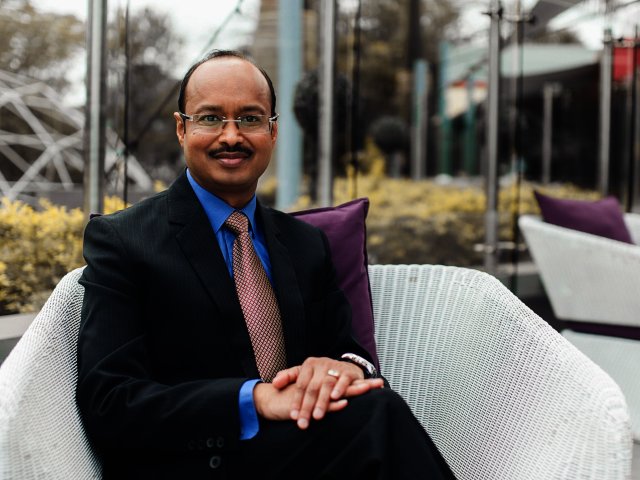In South Africa today, we have a wide variety of television channels available, hosting varied forms of content that ultimately give viewers ease-of-choice when it comes to genre-specific viewing.
Viewers are truly spoilt for choice when it comes to accessing news, sports, science, entertainment and reality TV. Similarly, viewers have also quickly adapted to the various technology access options available.
An increasingly sophisticated viewer landscape now expects to gain access to sight-and-sound content from any source on any device, anywhere, anytime – whether the content is broadcast over-the-air, delivered via satellite, fibre and ADSL or stored at home.
Interestingly, technologies available in one part of the globe are easily accessed today, integrated, and customised to suit local demand and environments. This in turn provides quality content for the viewer. Therefore, market space today exists more on an elevated global platform as opposed to being indigenous.
Zee Entertainment is a perfect example of a viewer content provider that must deliver a wide variety of TV channels on a multitude of platforms across the globe. It is available in sub Saharan Africa on DStv, Canal Plus, Startimes, GoTV, Zuku, Kwesé and a few others. These include their respective delivery mechanisms such as satellite, streaming via fibre/ADSL and other Internet delivery vehicles.
Emphasising the importance of operating as a global platform, Zee Entertainment’s broadcast centre is based in India with 80 live television channels, played out simultaneously.
Explains Harish Goyal, CEO of Asia Pacific and Africa at Zee Entertainment: “Our channels are delivered via satellite and fibre locally (in India) and to our respective platform partners across the world. From there our partners deliver the content via various technologies.
Content adaption forms a critical part our delivery mechanism – for the African continent for example, we are continuously adapting our available channels to suit the various marketplaces.
This is a streamlined process as the adaption such as dubbing in a native language is done in the relevant country, sent back to India where our team then does the final mix – this transmission is then sent back to the continent,” he adds.
Critical to the livelihood of any content provider today is 24/7 uptime. With so much content to choose from, viewers have become increasingly fickle and will quickly jump to the next option or even entertainment service provider if their chosen channel is not available.
Zee Entertainment boasts of an impressive backup infrastructure which includes various redundancy features such as off-site content storage – essentially a mirror of their main broadcast centre - and sophisticated alternative energy sources such as powerful generators.
Looking at Zee’s move towards newer technology, Goyal explains 25 years ago, the company started as a private channel provider, operating through various satellites, providing content to its expanding viewership. “In the last decade, however, fibre has emerged as a delivery mechanism to compliment satellite’s wide reach and enabled us to reach our global partners, offering an economical feasible and stable delivery mechanism.
“It has been imperative that we keep trend with the broadcast technology curve – as an organisation we continue to invest in solutions that will enhance our overall content delivery. The rollout of 5G for example offers yet another interesting option as industry observers are already praising its ability to deliver blistering speeds to mobile devices and televisions.”





